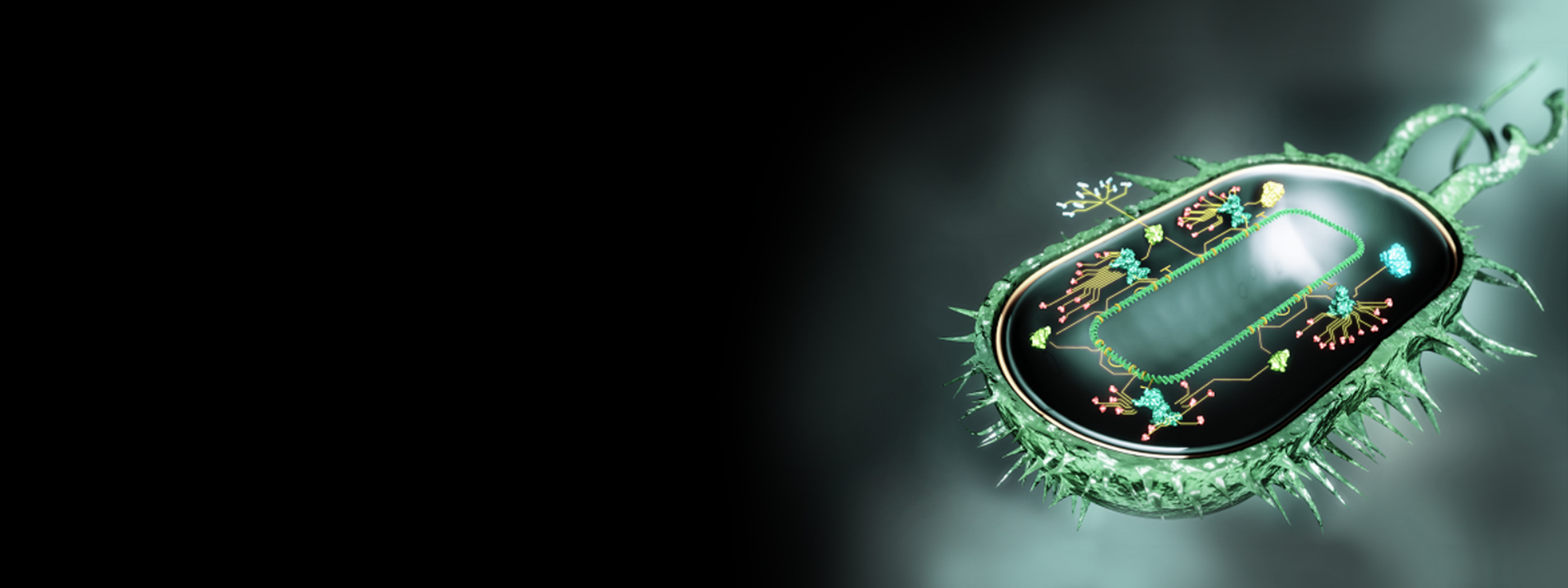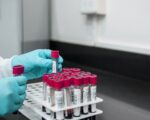Bit Bio is solely dedicated to producing functional human cells for research, drug discovery and cell therapy. It unites coding and biology and presents precise reprogramming of human stem cells. The University of Cambridge has developed a gene engineering approach: optimised inducible over-expression (opti-ox). Saying this, it enables reprogramming entire cultures of stem cells into any desired cell type.
During 2019 scientists have created a high throughput research platform to identify transcription factor combinations that make up cell-type programs. In the following months, they leverage it with advanced deep learning algorithms to accelerate the discovery of every cell type of the human body. Combining individual sub-programs enables the production of cells with enhanced functions for therapeutic application. They validate cells and make them available for research, drug discovery and cell therapy.
What Bit Bio is doing is similar to forming the basis of the IT industry: by creating a standard for semiconductor chips. It is building a platform that can transform biomedical research and enable scientists and innovators to provide the cells. But human cells are difficult to source. Acquiring sufficient numbers of cells from an individual is hard, and some cell types are impossible to obtain. The alternative is to create cells from stem cells. But that method has faced problems which prevent the use of cells for biomanufacturing meat or lab-grown leather.
Cell reprogramming involves activating a new cell type program, skipping the usual intermediate steps. It can generate stem cells from a blood draw or skin sample from any individual. Reprogramming can also convert stem cells to any desired cell type, be it a brain, blood or liver cell. This won Yamanaka a Nobel prize in 2012. The nucleus is the hard drive, storing genes in its DNA. Genes interact with one another, forming programs called gene regulatory networks. Together, these programs form LifeOS – the Operating System of Life. Gene regulatory networks are tightly controlled by transcription factors – the code of life.










